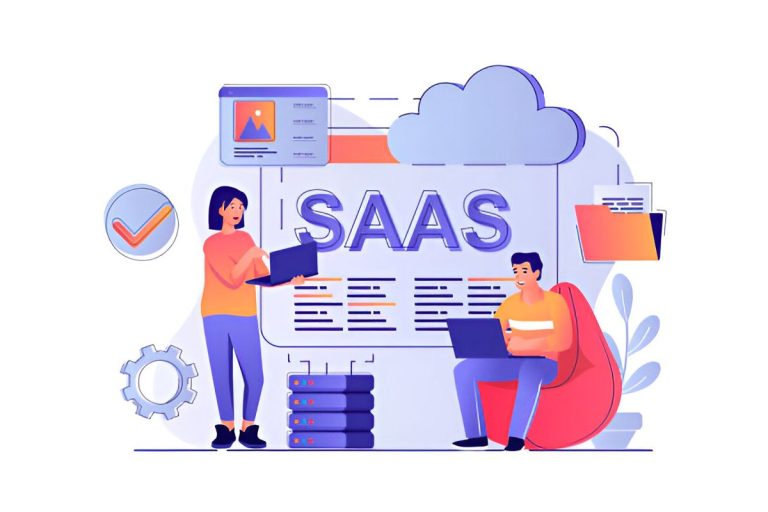A dash camera helps you maintain driving security and record evidence in your vehicle. Your selection between self-installation and professional help for your dash camera depends on your need for peace of mind and reliable performance. This guide shows you how to choose between installing dash cameras on your own or having someone do it for you.
The Allure of DIY Installation
Setting up your dash cam yourself brings out the satisfaction of working on a project alone. On a sunny Sunday afternoon, you begin working with your new gadget after opening the garage door. The moment you start unpacking your items you gain a boost in self-dependence. You feel confident to start working on the project since you have the necessary tools and online tutorials at your disposal. Before starting the installation task take a moment to think about its technical requirements.
After taking out the wires from their positions you start mounting the camera to your dashboard only for it to resist attachment. The mount acts contrary to expectations as it resists sticking to specific spots. Despair builds up as you recall your dislike for “knobby” in old children’s puzzles.
Installing a dash camera by yourself saves money and creates a genuine feeling of achievement. Learning automotive electrical systems increases the difficulty of installation even for someone new at this task. The chance of incorrect camera installation will make the device stop working right when you need it.
Why Consider Professional Installation?
We now want to discuss professional installation as our main topic. Investing in the service provides more than a cost because of what you receive in return. When you enter a professional installation shop you find coffee aroma and quiet radio sounds. The technician helps you relax by showing a friendly expression while commenting on your decision to pick a premium camera model. The installer notices your dash cam selection and speaks positively about it which puts you at peace knowing his expertise.
Installers arrange the dash camera to record everything clearly while hiding all wires and placing the device at the right angle. Their knowledge helps you make the right device settings and shows you effective usage techniques that match your requirements.
Choose between Installing Yourself or Hiring a Professional Based on Your Skills and Time Availability
Choosing between installing yourself and hiring a professional mainly depends on several important factors. Rate your level of competence in dealing with technical tasks. Are you prepared to address technical issues when installing your mount with knobs or connecting wires? Considering how much time you have to spend plays a vital role here. DIY activities yield satisfaction but usually take longer than expected.
The choice between professional installers and self-installation depends on how much you value both ease and trustworthiness combined with cost. For those who want their project to be finished fast and done perfectly, the first-time calling professionals makes sense.
The goal is to make sure your dash camera works as expected
The main aim of your dash camera setup depends on whether it is recording and protecting you or not as you travel. Recording the right images needs to happen properly and dependably in addition to video documentation. The best dash cam setup becomes your perfect protection witness during any road incident to prevent insurance problems and legal conflict.
Final Thoughts
When you first saw through a camera lens at the start did you notice everything differently? The view now seemed clearer with enhanced details showing everything in true-life accuracy. The addition of a dash camera enables you to view your driving environment differently and reduces your travel security concerns.
Your level of confidence in driving trips depends more on your preference between installation choices than on which option you choose. Devote time to evaluating your choices and match them to your abilities and budget to select the best system for your needs. Safe driving and happy recording!










